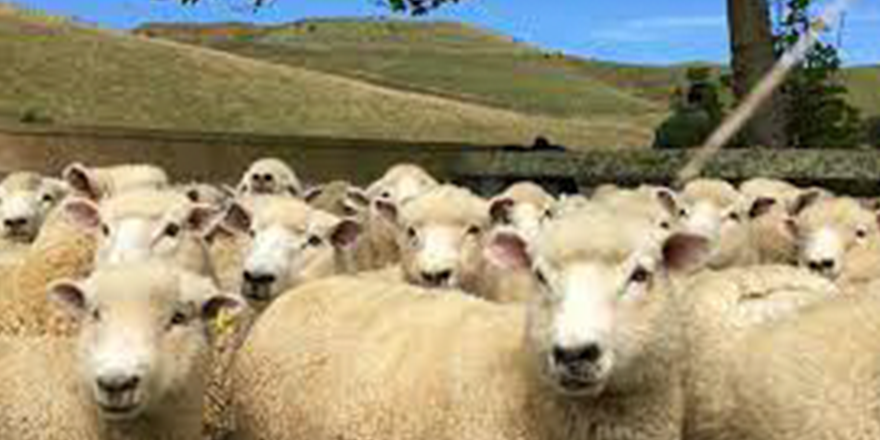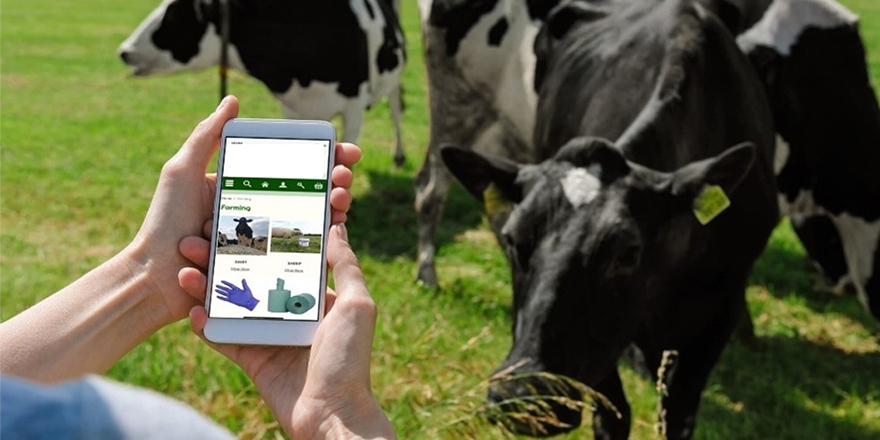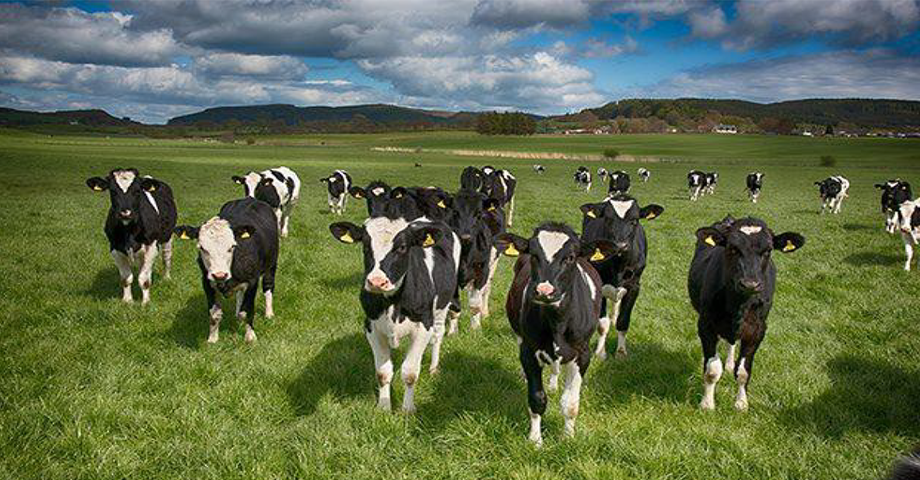
Executive Summary
Profitability is often a challenge within many businesses. North Island East Coast Sheep and Beef farming businesses are no different, operating in a diverse and ever changing economic and climatic landscape. Currently these businesses are facing a more positive outlook, but for how long? And what are really the key drivers of profitability within these businesses? These are the questions this report has sought to answer.
In addition to identifying the common themes driving profitability from farmers and rural professional’s, answers were also sought in regards to some underlying themes in the industry being “value add”, “collaboration” and some actual hard “financial analysis” of these types of businesses.
In terms of the value add proposition for East Coast sheep and beef farmers this has some real merit. This opinion was based solely on the MPI New Zealand Sheep Industry Transformation Project however, this programme has generated some real successes for all parties involved with much of this thinking easily transferable across and in between industries.
The theme of collaboration was discussed based on the Red Meat Profit Partnership Primary Growth Partnership Programme. The conclusion from this analysis was that while the intentions seem right with the programme, the execution seems lacking in terms of providing a real benefit back to the farmers.
The financial analysis theme was data pulled directly from Beef & Lamb’s economic survey. This is a comprehensive set of data researched every year specifically targeted to regions and land classes within those regions. This set of data lined up well with the target subject of this report. The conclusions from the analysis showed that these businesses did make a financial operating profit. However, there were significant other factors to consider around the financial viability of these businesses. Debt position was a key factor to consider further.
The main successes from this report were the identification of key themes that drove profitability across East Coast sheep and beef farms. These are summarised within the conclusion of this report but can be broken down into the following areas:
- What is profitability actually defined as when considering North Island East Coast Sheep and Beef farming businesses? There is more than just the financials.
- Measure, Monitor, Manage.
- Use outside skills where appropriate, build a well
- Rounded advisory team t o fill any knowledge gaps you do have or to explore ideas or concepts further.
- Adopting new technologies, aids in business enhancement and profitability.
- Good quality staff are key to business success.
- Take the time to work on the business rather than in it.
- Do the basics well!
In addition to identifying the above themes it is also an important part of this research to share the learnings with the target and related communities. The next steps at the end of this report conclude this well, with this likely to involve further one on one discussions and potentially tailored presentations around the content of this report.
Again, profitability is a challenge within many businesses but none are more better placed to achieve it than North Island East Coast sheep and beef farmers.
Download and read the full report here




